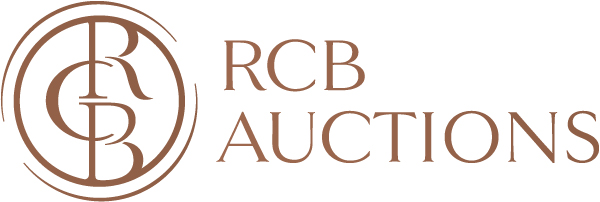Khon Mask
Time, which has been too long gone to keep count, though did not lose its prime value with holding to the rise of its scarce esteem.
The highlighted piece was auctioned online through “Timed auction”. For both pieces show appeal and beauty through charms of finest art crafts of Thailand. It is not often that pieces as such will be obtainable at hand of the collectors.
Click here for Thai

“Khon” the Thai classic masked play enacting scenes from Ramayana has been praised by organizations for educational purposes of the science and cultural departments by UNESCO in the year 2018 as an intangible world heritage that was define as the first cultural piece of the Thai heritage that has been registered.
“Khon” was a designed that dates back from the Ayudhya period (1351 - 1767) or during the 14th and 18th century of Thai arts. The performance art as such has appeared in Thai literature called “Lilit Phra Lor” as well as it has been a written documentation in the time of the 17th century. King Louis XIV from France has sent the minister plenipotentiary, Simon de la Loubère to visit the Siam country whom have documented the state of being during that period of time in the well-known letter called ‘Du Royaume de Siam’ (Of The Siam Kingdom) in which he had depicted on the Khon performances of Ramakien in the Ayudhya period. Later on in time the of Thonburi, King Thonburi has granted a written literation for the royal plays from the Ramakien, until the reign of the Rattakosin, the period of of the first ruling King, King Phra Phutthayotfa Chulalok Maharaj, who has gathered the series of the Ramakien’s play to be in an orderly down right order from beginning to end. Following the event in the period of the second ruling King, Phra Phutthaloetla Naphalai has granted his own written literature for the royal plays once again, which soon after has been modify by the sixth monarch, King Vajiravudh for the play performance of Khon.
The history that dates back from the time of the Ayudhya period was accompanied by the disclipline field called the work of the mask maker. (Silaporn) which defines the work of such fine arts and beauty through detailed methods, working along with workers of other fields including, pottery maker, writer and gold worker. Khon was known to be an asset for the land of the monarch. During the reign of the second monarch, in which is the prime period of performance arts and music, it is an initial anticipation that no plays have used the masked of Khon however there were a wear of make-up on the performers of each given character. Given that the Ramakien’s story and content involves a lot of characters, the usage of Khon masked has been ideal to replace the use of make-up and to mimic the look of person of preposition. Though the performers were not able to speak or communicate under the certain mask, it is necessary for the narrator to take on the role of storytelling throughout the performances. Preliminary, Khon was a play that can only be perform by a high rank personnel or by men.
Khon from the Ramakien literature that provides precise personality for each character. The characters were identified through class during those time civilization in order to help the audience grasp the character through a glance, with the thought through usage colors implied in black, white, red, blue and yellow which is the colors of the ‘Benjarong’. These were prescribed to be the main colors. However so, this does not apply to the colors that appears directly on the performances’ face, it is conduct by the painter to find suitable colors to match the roles of each individual (other than orange). The roles were divided into three main parts, the human and fairies, the giants and the monkey or other animals that exist in the literature.
Apart from this, Khon is also classify by the nature and manner of Silaporn or the Khon accessories such as the variations of crowns that can differentiate the class of the character themselves.
For that reason, this highlighted piece (on the left) may have the characteristic with a facial impression that reveals the role of Phra Siwa or God Siva who is the main character in the Ramakien literature. The details seen on Phra Siva’s has been proposed as mentioned priorly. The top-tier part of the mask has a specific name called ‘Crown of the crest of calabash’. As seen on the right, the crafted arts of mask making has identified as the mask of the angels.
Although these two pieces is an initial art creation from the literature of the former time period. The arisen story of the performance of Khon that has dated far back in time has honour it’s worth of conservation. Hence, both remarkable piece on its own is luminary for collectors to obtain during Timed Auction until 1 October, 2022 on here.
Lot 643: Two Khon mask of Phra Shiva and Khon mask of God
Style: Thai, Rattanakosin
Circa: Late 20th Century

